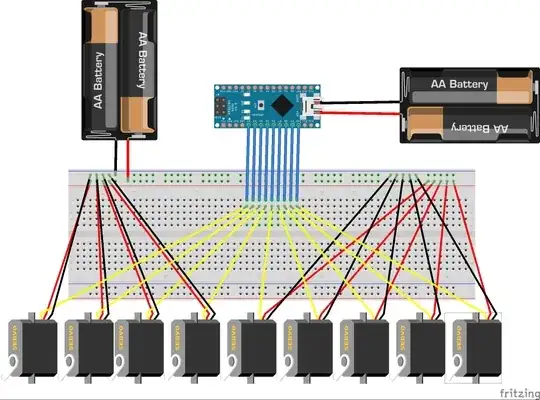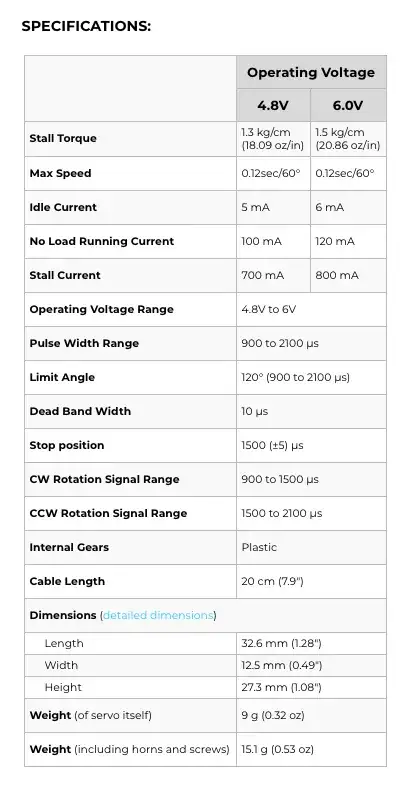I saw this project with multiple servos: In Servo We Trust! Let's control 135 servos with a single Arduino! I wanted to miniaturize this project.
BUT instead of triangles i will use SQUARES.
:EDIT: summing UP
For now project stops, not forever. I bought 9 servos on aliexpress and im waiting for them to be delivered. Also, im making a 3D project in AutoDesk Maya 2018, planning and will sbow you the results soon how im gonna make it work. I was thinking about adding 1 more servo and hc sr06 distance sensor. I was thinking about the sensor will detect person, servos and mirrors will also follow the person. But idk if im gonna make it to the final project.
- I bought arduino nano that will be powered from the battery
- All servos will be powered with electricity from the wall 5V 5A.The servos wont be on heavy load so it will be enough i think.If any problem occurs I will use 10A.
ALSO SORRY for not editing this POST earlier.
I would like to thank everybody for giving me such a great advices, I will post my AutoDesk project soon.

